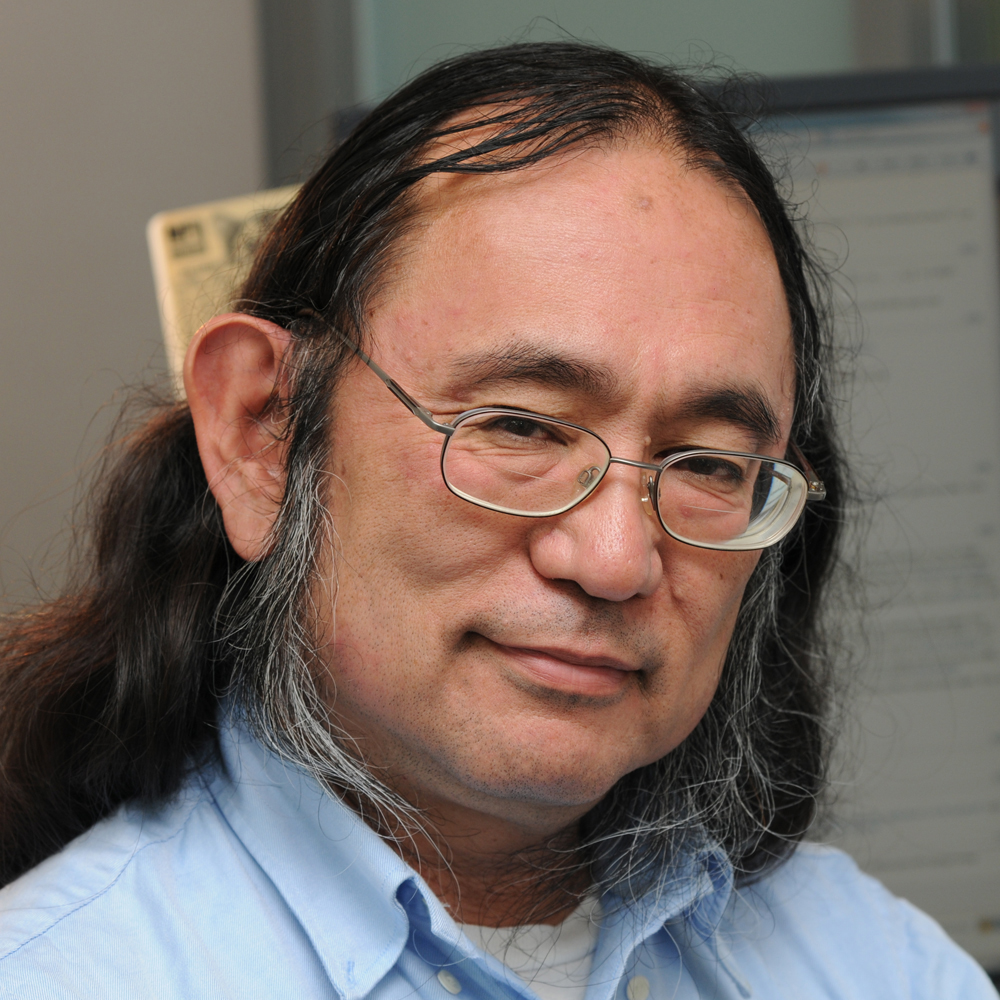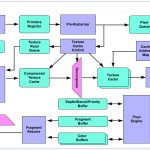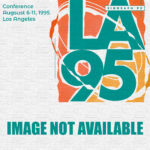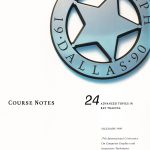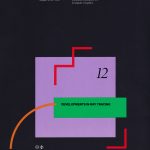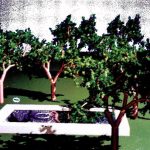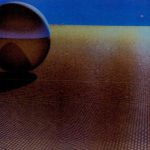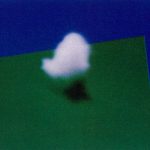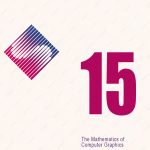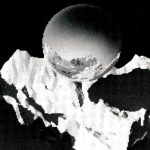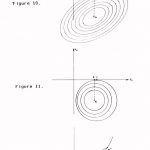James (Jim) T. Kajiya
Most Recent Affiliation(s):
- Microsoft, Microsoft Research, Distinguished Engineer
Other / Past Affiliation(s):
- California Institute of Technology (CalTech)
Location:
- Redmond, Washington, United States of America
Bio:
SIGGRAPH 1991
James T. Kajiya received his Ph.D. Degree in Computer Science from the University of Utah in 1979. His thesis research, by applying Lie group representation theory to the modeling of the Human Visual System as a signal processing system, was able to explain a wide range of phenomena in monochrome brightness perception as well as predict several new visual illusions and phenomena. Since 1979, Dr. Kajiya has been at the California Institute of Technology, first as an assistant professor, then as associate professor of Computer Science. Dr. Kajiya has published on mathematical models for computer vision, very high level programming languages, and mathematical logic for computer science. His recent work has focused on very high quality computer graphics. This work has included nonlinear antialiasing algorithms for the display of text on raster screens, invention of several new techniques for ray tracing primitives such as swept volumes, parametric patches and fractal surfaces, an early paper on volume rendering, a hierarchical bounding box technique for accelerating ray tracing, the introduction of anisotropic light reflection models for surfaces, the introduction of algebraic geometry in patch computations, a new technique extending the ray tracing process via an integral equation/monte carlo algorithm called the “rendering equation”, and most recently, a solution to the problem of rendering fuzzy surfaces.
SIGGRAPH 1984
James T. Kajiya is an assistant professor in the Computer Science Department at the California Institute of Technology. He received his doctorate in computer science from the University of Utah and has been a project engineer at Evans & Sutherland Computer Corporation. His primary research interests center around ray tracing in computer graphics, very high-level programming languages and theoretical computer science.
Experience Category: Jury Member:
Award(s) and Recognition:
- SIGGRAPH 2011 Steven Anson Coons Award: Kajiya
- SIGGRAPH 1991 Computer Graphics Achievement Award: Kajiya
- ACM SIGGRAPH Academy Member, inducted in 2018
Learning Category:
Course Organizer:
Presentation(s):
Role(s):
- ACM SIGGRAPH Academy Member
- Awardee
- Computer Animation Jury Member
- Course Organizer
- Course Presenter
- Technical Paper Presenter
Submit a story:
Did you know you can send us a photo of yourself and a bio and we will post it? Make sure the photo is at least 1000 x 1000 and send it to the email above along with the bio and we will add it to your page.

